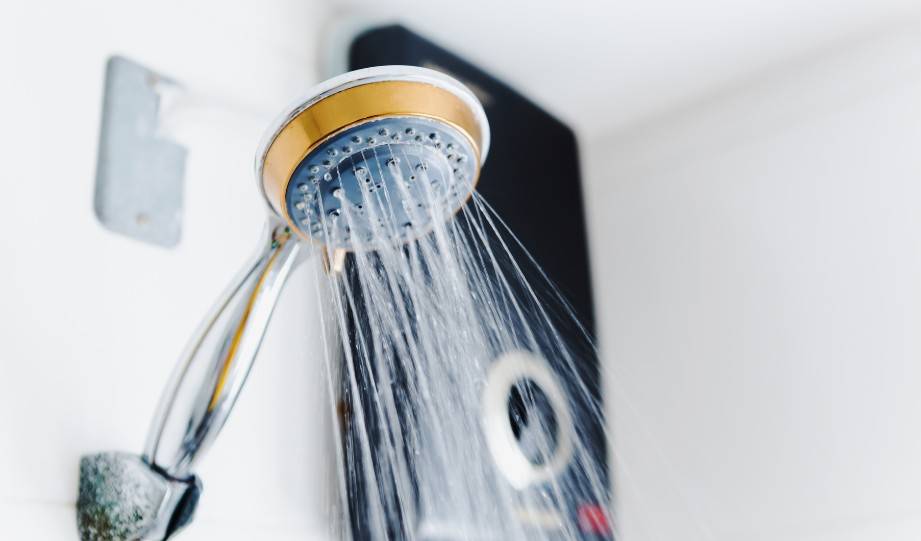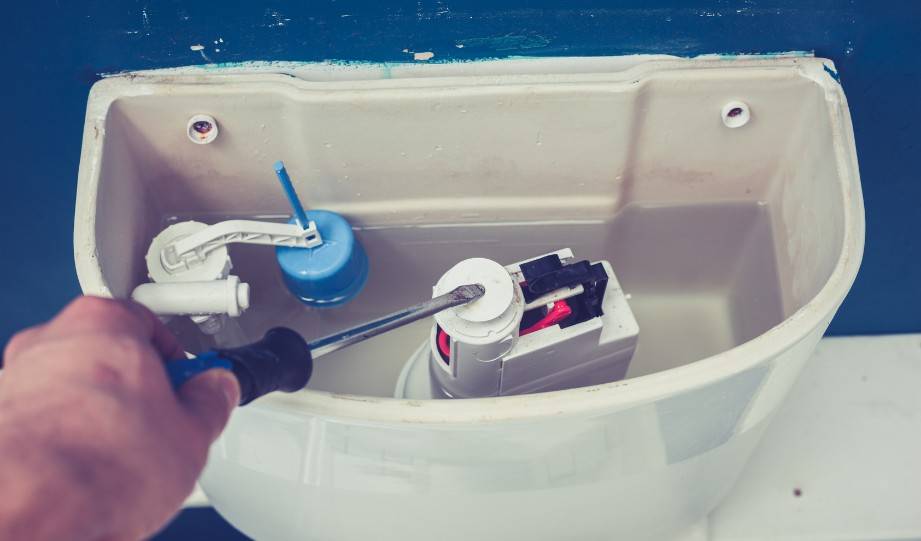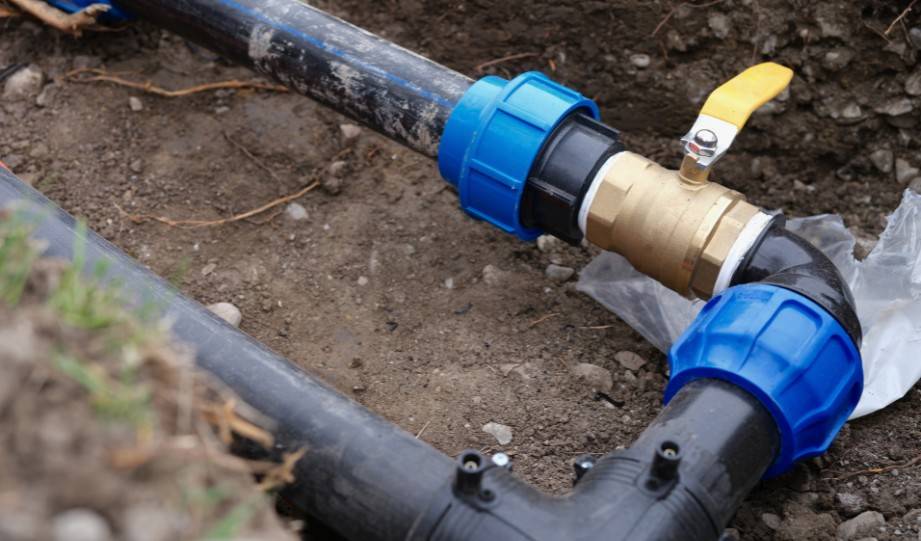Water is precious, yet often, we let it go down the drain without a second thought. That changed for me when I discovered greywater systems.
Suddenly, the water from my shower and washing machine had a second life watering my garden. It was an eye-opener to the possibilities of sustainable living.
This article is your roadmap to understanding and implementing a greywater system in your home. From the basics of what greywater is to a step-by-step guide on setting up your own system, I’ll walk you through every aspect, sharing insights from my journey.
Expect practical advice that’s both eco-friendly and economical, transforming how you view and use water at home.
Understanding Greywater: A Primer
What Is Greywater?
Greywater is the relatively clean wastewater that comes from baths, sinks, washing machines, and other kitchen appliances, excluding toilets.
It’s distinct from blackwater, which contains human waste and is generated from toilets and kitchen sinks due to its higher levels of contaminants and potential health risks.
While greywater may contain traces of dirt, food, grease, and household cleaning products, it’s significantly less polluted than blackwater.
This makes greywater a valuable resource for reuse in non-potable applications, such as irrigation and certain types of landscaping, offering a sustainable solution for water conservation at home.
Sources of Greywater in Your Home

In your home, greywater can originate from multiple sources, each offering a potential stream for recycling and reuse. Common sources include:
- Showers and Baths: Water from these sources is often considered high-quality greywater, suitable for many reuse applications.
- Sinks: This includes bathroom and utility sinks but excludes kitchen sinks due to the potential for higher levels of contaminants from food waste.
- Washing Machines: The water from laundry, especially the rinse cycle, is an excellent candidate for greywater systems, assuming eco-friendly detergents are used.
Why Should You Consider a Greywater System?
Saving Water and Reducing Bills

Implementing a greywater system in your home is not just an eco-friendly gesture; it’s a financially smart one too.
By reusing greywater for irrigation or toilet flushing, you reduce the demand on your main water supply by nearly 36%.
This conservation effort translates directly into savings on your water bills. For many households, the reduction can be substantial, depending on the size of the home and the extent of greywater reuse.
Moreover, in regions where water costs are high or where drought conditions are common, the savings become even more pronounced. This system not only makes your household more sustainable but also more resilient to water scarcity.
With water conservation methods like greywater recycling, you’re not just saving money; you’re also investing in a sustainable future, making your home a part of the solution to our global water crisis.
Environmental Benefits
Greywater systems offer a compelling environmental benefit by reducing the strain on municipal water systems and lowering the demand for potable water used for non-drinking purposes.
Every gallon of greywater reused is a gallon saved, diminishing the need for water treatment and distribution—a process that consumes significant energy and resources.
This not only conserves water but also reduces the energy footprint associated with purifying and transporting water.
Furthermore, by diverting greywater to irrigation, we support the replenishment of local groundwater and reduce runoff, which often carries pollutants into natural water bodies.
This sustainable water usage practice enhances the health of local ecosystems, promotes biodiversity, and contributes to a reduction in greenhouse gas emissions from water treatment facilities.
Through the adoption of greywater recycling, households play a crucial role in a broader environmental conservation effort, paving the way for a more sustainable and resilient future.

Read More:
Planning Your Greywater System
Assessing Your Needs and Capacity

When planning a greywater system for your home, assessing your needs and capacity is crucial. The size and type of system you choose should align with your household’s water usage, the area of your garden requiring irrigation, and the specific conditions of your local climate.
Start by estimating the volume of greywater your household generates daily. This figure largely depends on the number of people in your home and their water usage habits.
Next, consider the size of your garden or the area you intend to irrigate with greywater. Larger gardens will require more extensive systems to distribute water effectively.
The local climate plays a significant role in this planning phase. In areas prone to dry spells, a system that maximizes water reuse can be invaluable.
Conversely, in regions with abundant rainfall, the focus may shift towards occasional use or systems designed with overflow in mind.
Also, evaluate the types of plants in your garden, as some may require more water than others, or be sensitive to the soaps and detergents in greywater.
Balancing these factors will guide you towards a greywater system that meets your environmental goals and is tailored to your home’s specific needs.
Understanding Local Regulations

Before diving into the installation of a greywater system, it’s imperative to understand and comply with your local regulations.
The rules surrounding greywater reuse vary widely, not just from country to country but often from one municipality to another.
These regulations are in place to ensure that greywater systems do not pose a risk to public health or the environment.
To navigate these regulations, your first step should be to contact your local water authority or environmental protection agency. They can provide you with the necessary guidelines on the types of systems allowed, installation standards, and any permits required.
In some areas, certain types of greywater systems may be encouraged, while others could be restricted or require detailed plans and inspections.
Securing the proper permits is not just about legality; it’s about safety and efficiency. Permits ensure that your system is designed and installed correctly, minimizing risks to your household and the environment.
Additionally, understanding these regulations can inform you about potential rebates or incentives for water conservation efforts, further enhancing the benefits of your greywater system.
Taking the time to understand and adhere to local regulations is a critical step in the planning process, ensuring your greywater system is both beneficial and compliant.
Components of a Greywater System
The Basics: Filters, Pumps, and Pipes
At the heart of any greywater system are three key components: filters, pumps, and pipes. Each plays a vital role in ensuring the efficient and safe reuse of greywater for irrigation and other non-potable uses.
Filters are crucial for removing particles and debris from greywater, preventing clogs in the system and ensuring water is suitable for its intended reuse.
There are various types of filters, from simple mesh screens to more sophisticated biological filters, depending on the complexity of your system and the quality of water required.
Pumps may be necessary to transport greywater from its source to the areas where it will be used.
The need for a pump depends on the layout of your home and garden; gravity-fed systems may not require one, but many systems benefit from a pump to ensure consistent water pressure and flow.
Pipes are the conduits through which greywater travels from its source to its point of use.
They must be durable, suitable for water carrying potential residues from soaps and detergents, and clearly distinguished from pipes carrying potable water to avoid any cross-contamination.
Together, these components form the backbone of a greywater system, enabling the safe and efficient reuse of water in a way that conserves resources and reduces environmental impact.
Advanced Options: Branched Drains and Constructed Wetlands
For those looking to elevate their greywater reuse, branched drains and constructed wetlands offer advanced, eco-friendly options.
Branched drains distribute greywater without the need for a pump, relying on gravity to channel water through a series of diverging pipes.
This system is especially suited for landscape irrigation, allowing water to flow directly to plants’ root zones.
It’s a simple, yet effective method that minimizes the use of mechanical parts and electricity.
Constructed wetlands, on the other hand, mimic natural filtration systems to clean greywater.
Plants and microorganisms in the wetland break down pollutants, resulting in cleaner water that can be reused for irrigation or returned to the environment.
Constructed wetlands are particularly beneficial for larger properties, offering a sustainable solution that enhances local biodiversity while purifying greywater.

Read More:
Step-by-Step Guide to Implementing Your Greywater System
Preparation and Design
Embarking on the journey to implement a greywater system starts with thorough preparation and design, crucial steps that ensure the success and efficiency of your project.
Initially, sketch a detailed layout of your system, taking into account the sources of greywater in your home (such as showers, sinks, and washing machines) and where you plan to redirect this water.
Consider the topography of your garden or landscape to utilize gravity to your advantage, and identify the areas that will benefit most from additional watering, like trees or vegetable gardens.
Next, compile a list of materials you’ll need, which will vary based on the complexity of your system and the components you’ve decided to include, such as filters, pumps, pipes, and possibly a surge tank.
Opt for high-quality, durable materials that can withstand the unique properties of greywater, and ensure all components are compatible with each other for a seamless installation.
Researching and purchasing your materials requires attention to detail and an understanding of your system’s specific needs. Whether you’re opting for a simple setup or integrating more sophisticated options like branched drains or constructed wetlands, selecting the right materials lays the foundation for a successful greywater system.
This preparation phase is not only about logistical readiness but also about ensuring the sustainability and environmental friendliness of your project.
Installation Process
The installation of a greywater system requires precision and safety to ensure it functions effectively and without hazards.
Begin by installing the filter system at the greywater source, such as your washing machine or shower drain. This setup prevents large particles from entering and potentially clogging your system.
Ensure all connections are secure and leak-proof to avoid water wastage and potential damage.
Next, lay out the pipes that will carry greywater from the source to the designated irrigation or storage area.
If your design includes a pump, install it according to the manufacturer’s instructions, ensuring it’s properly sealed and connected.
For systems utilizing gravity feed, ensure the pipes are laid at the correct slope to facilitate smooth water flow without blockages.
Incorporate the necessary valves to control the flow of greywater, allowing for easy maintenance and the option to divert water back to the sewer system if needed.
Finally, if your system directs water to a garden or lawn, set up the irrigation outlets carefully to evenly distribute water across the area.
Throughout the installation process, prioritize safety by wearing protective gear and following all local regulations and guidelines.
Remember, precision in each step not only ensures the system’s efficiency but also its longevity and safety for your household and the environment.
Maintenance and Troubleshooting
Regular maintenance is key to a smoothly operating greywater system.
Periodically check and clean filters to prevent clogs that can reduce efficiency.
Inspect pipes and pumps for leaks or signs of wear, repairing any issues promptly to prevent water loss and potential damage.
Be vigilant for signs of overwatering in your garden, such as waterlogged soil or plant stress, adjusting your system as necessary to distribute water evenly.
Common issues like odors or reduced flow often signal a need for system cleaning or adjustment.
By staying proactive with maintenance and troubleshooting, you can ensure your greywater system remains an effective and sustainable part of your home’s water conservation efforts.
Conclusion
Embracing a greywater system in your home is more than just an eco-friendly choice; it’s a step towards a sustainable future for our planet.
By reusing water, you’re not only reducing your utility bills but also contributing to the conservation of our most precious resource.
Remember, every drop of water saved counts. I encourage you to take action today and join the growing community of individuals making a real difference for our environment.


